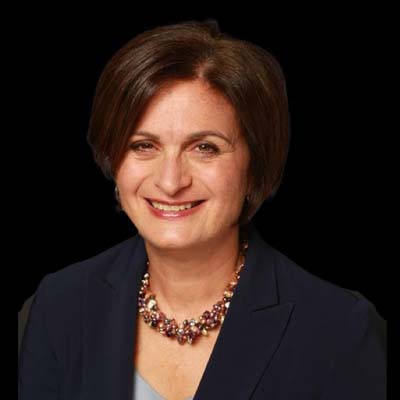Cable Industry Momentum Was Palpable at Cable-Tec Expo 2021
Virtual SCTE conference was a showcase for broadband’s vitality

During the recent public health emergency, broadband established itself as the runtime of the world (or at least the world that has access to it). Now, as we start returning to some semblance of normalcy, the role of broadband in powering the massive digital acceleration that is underway is coming into sharper focus. This is particularly true in the residential market, where the cable industry is a major connectivity provider in many parts of the world. Not only existing services such as video streaming and gaming grew, but the home became the point of delivery of new services, some of them mission critical, such as age in place, remote patient monitoring, and even home hospital.
This new reality is energizing the cable industry, as was clear in the recent SCTE Cable-Tec Expo virtual event. Although the conference had to be delivered over — what else — broadband, the vitality was palpable and it is clear the cable industry is gearing up to meet market demands. A few highlights worth noting:
• Upstream: Although bandwidth consumption continues to grow, upstream consumption is increasing even more quickly, which is causing operators to allocate more spectrum to upstream, either via mid-split or high-split of the spectrum. To that end, some operators are turning on existing but largely unused DOCSIS 3.1 capabilities such as orthogonal frequency-division multiple access (OFDMA), and exploring other measures.
• Multi-Access Edge Computing (MEC): Some technologies (for example, augmented reality) and applications (for example, home healthcare) are driving the need for compute resources in the access network. Operators are beginning to locate compute resources in their headends and hubs, particularly as space is alleviated with the introduction of distributed access architectures (DAAs).
• DOCSIS 4.0: Published by CableLabs in March 2020, this spec is generally viewed as the stepping stone toward 10G. It supports two alternatives: Extended Spectrum DOCSIS, generally requiring augmenting the spectrum to 1.8 GHz, and Full Duplex DOCSIS, which can operate within the 1.2 GHz spectrum but requires either N+0, or N+X, X being a special type of amplifier. Although DOCSIS 4.0 won’t see the field for some time, major operators have announced successful lab trials of both approaches.
• Low Latency DOCSIS: for latency intolerant applications such as gaming and wireless backhaul.
• Distributed Access Architecture (DAA): The subject of much debate, planning and limited deployments to date, DAAs gain momentum, largely for two reasons:
> The traditional methods for adding capacity in the access network are running their course. Capacity has been typically added via node splits or by augmenting the spectrum. Node splits require more equipment (and power consumption) in the headends and hubs.
> Flex MAC Architecture (FMA) is becoming a reality. For some time, operators had to make an upfront decision regarding where to place the Media Access Controller (MAC) function in a DAA configuration, namely whether to consider a Remote PHY or a Remote MACPHY configuration. Among its many capabilities, the FMA provides operators with flexibility as to where to locate the MAC. CommScope is seeing significant traction for FMA, and Harmonic announced an FMA solution just before Cable-Tec Expo.
• Passive Optical Networking: This technology is growing in importance for the industry, driven by the massive need for capacity and the increasing focus on bringing broadband to currently underserved markets, such as rural areas.
• Predictive Network Management: As more critical applications are delivered over broadband networks and as operators strive to deliver a superior customer experience, data analytics and machine learning are enabling more sophisticated capabilities for predicting and remediating failures before they escalate into network outages.
• Next-Gen Network Management: With network disaggregation (particularly with DAAs), network management becomes exponentially more complex and requires state-of-the-art tools with automation and increasingly less human dependence.
These are just a few of the highlights of SCTE. To discuss this important industry event engage with me on Twitter at @offredo.
Multichannel Newsletter
The smarter way to stay on top of the multichannel video marketplace. Sign up below.
Guest blog author Liliane Offredo-Zreik is a principal analyst at ACG Research, where she is responsible for cable access infrastructure market research and consulting practice. Offredo-Zreik is also president and founder of boutique advisory firm The Sannine Group.

